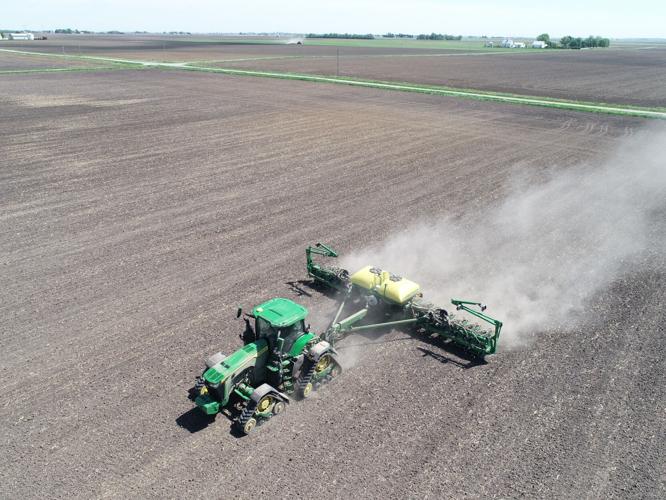Some farmers are dragging their feet to lock in inputs for this season as they look at ways to keep red ink off their crop budgets.
Jeff Bunting, GROWMARK vice president of crop protection, said he’s noticing the trend across the company’s footprint.
“In the last six weeks I would say the overall tendency to put crop protection plans in place seems to be slower than it has been in years past,” he told FarmWeek.
Bunting said there are several factors influencing the trend.
Supply security
As supply challenges have moderated, the fear of availability is no longer a driving force.
“I think the main thing is there’s really no concern about getting supply of inputs,” he said. “They feel like it’s going to be there because we don’t have the supply challenges that we’ve had in the last couple of years as we go into the growing season.”
But, Bunting said while availability is much better, farmers shouldn’t get too comfortable since stockpiles are smaller and many of the major manufacturers are slow to build up inventory.
“A lot of that is attributed to interest rates and carrying costs and trying to manage what’s being produced so there is not a lot of extra expense tied to products,” he said, adding input prices are also stabilizing.
“We’re not seeing the volatility in pricing that we’ve experienced in the last couple of years,” he said. “In fact, a lot of the products within the crop protection family have come down in price from a year ago.”
Bunting said there are still some price increases due to the transportation and logistics of getting inputs to the U.S. to be manufactured. He indicates fungicides have likely seen the largest increase in price over the past year due to strong demand.
Lower commodity prices
As corn and soybean prices weaken, growers are also considering where money can be saved.
“There are a lot of decisions left to be made with grain still in the bin. Farmers may be thinking that last dollar being spent on those acres could be omitted and put back in their pocket,” Bunting said.
He pointed out that growers must weigh the value of each product in their crop protection plan and lot of that depends on growing season conditions, especially during pollination and reproductive stages.
“The value that probably is most important is the one that’s going to increase yield and we really have seen some good yield increases from that final application.”
Avoiding the bottleneck
Bunting said it is important to finalize crop protection plans sooner rather than later because “just-in-time” decisions come at a risk.
“If we all wait to make the decisions then you really rely on if logistics can keep up. Will we have the trucking to keep up with demand? That’s always been a challenge if we’re all busy at the same time.”
He encourages growers to let their crop specialist know what they intend to use.
“So when you do get to the field and have the ability to get things done, you’ll be able to get what you want and have it available,” Bunting noted.
He said that will also give manufacturers an indication of overall demand to plan for the season.





